A History of Screenwriting – 26 in a series – Tchin Chao the Chinese Conjurer – George Méliès, France, 1904
A Chinese conjurer stands next to a table, it becomes two tables. A fan becomes a parasol, lanterns appear and disappear. The conjurer spins the open parasol in front of himself, and a dog leaps out from behind it. The dog becomes a woman, then a second woman appears. The conjurer sits them each on a box a few feet apart: suddenly the women have changed places. The disappearing and the transfers continue in front of a simple backdrop. — The Early Cinema
* A portion of each sale from Amazon.com directly supports our blogs
** Many of these books may be available from your local library. Check it out!
I teach several classes for the Stephens College Low-Residency MFA in Screenwriting, including History of Screenwriting. In fact, I created the curriculum for that course from scratch and customized it to this particular MFA in that it covers ‘Screenwriting’ (not directors) and even more specifically, the class has a female-centric focus. As part History of Screenwriting I, the first course in the four-class series, we focus on the early women screenwriters of the silent film era who male historians have, for the most part, quietly forgotten in their books. In this series, I share with you some of the screenwriters and films that should be part of any screenwriters education. I believe that in order to become a great screenwriter, you need to understand the deep history of screenwriting and the amazing people who created the career. — Dr. Rosanne Welch


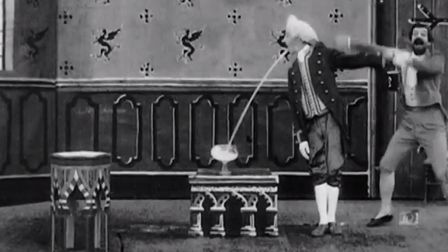

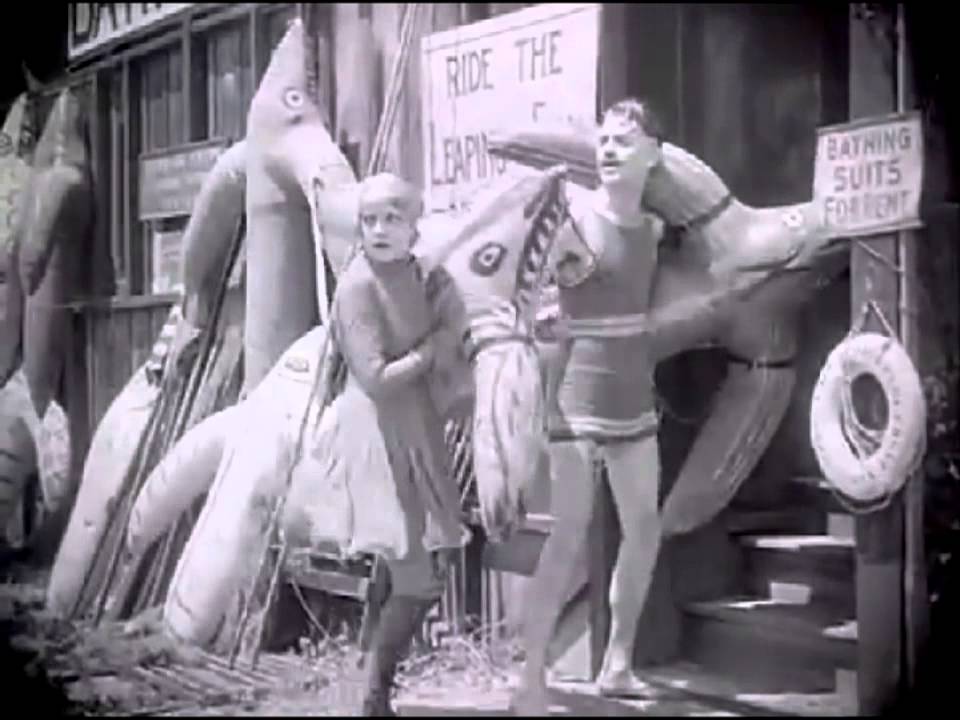
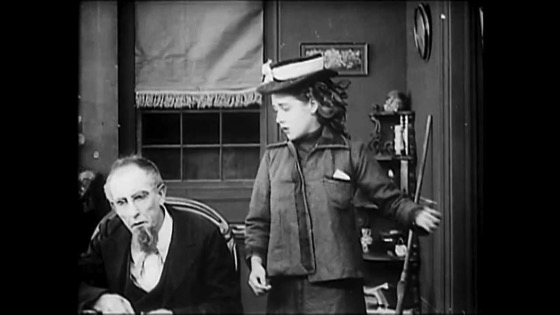
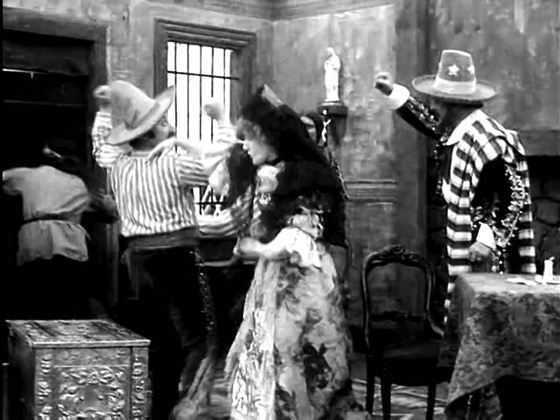




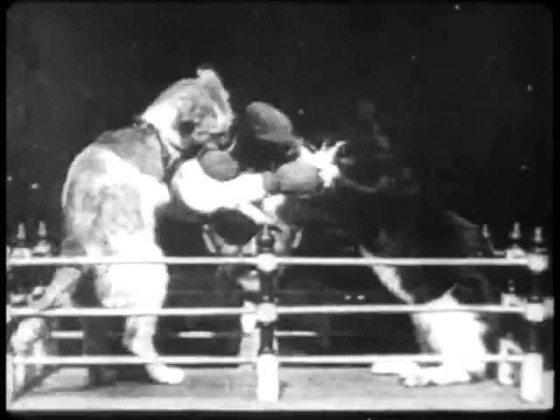
![Adapting The Martian and Conclusion from A History of the Art of Adaptation [Video] (2:06)](https://rosannewelch.com/wp-content/uploads/2017/04/adapt-46-martian-conclusion.jpeg)